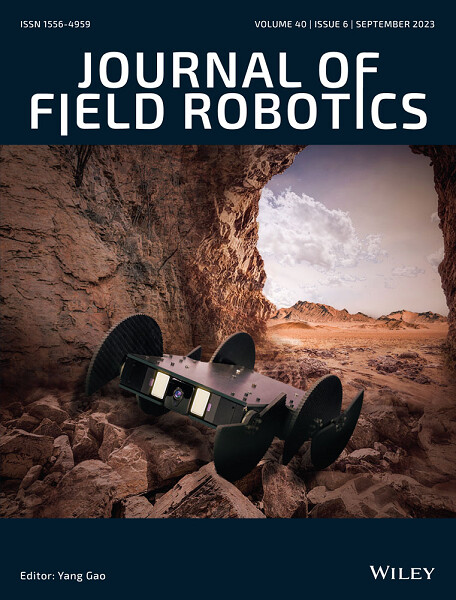Design and Analysis of a Lightweight Redundant-Degree-of-Freedom Fruit-Picking Robot Arm
Abstract
Labor shortages have become one of the primary challenges constraining the sustainable development of the fruit industry. The adoption of traditional multi-axis industrial-grade robotic arms for fruit picking has been limited due to issues related to efficiency and cost. This paper presents a lightweight PnP-P-R-P robotic arm that features a large workspace and an active leveling function, making it suitable for harvesting fruits such as apples and citrus. First, we establish the kinematic equations of the robotic arm and solve for the Jacobian condition number and manipulability index, showing that the workspace is free of singular points, thereby ensuring smooth operation. Next, we develop a dynamic model to analyze the performance of each joint under extreme working conditions. To adapt to practical operating environments, we simplify the forward and inverse kinematics calculations by utilizing planar spatial motion and propose a three-joint redundancy strategy for obstacle avoidance. Simulations and experimental tests reveal that the robotic arm has a vertical reach of 2.2 m and a depth of 1.3 m, with a continuous operation repeatability precision of ±5 mm when carrying a 2 kg end-effector payload. These results indicate that the robotic arm is well-suited for fruit-picking operations in both structured and unstructured orchard environments.

 求助内容:
求助内容: 应助结果提醒方式:
应助结果提醒方式:


